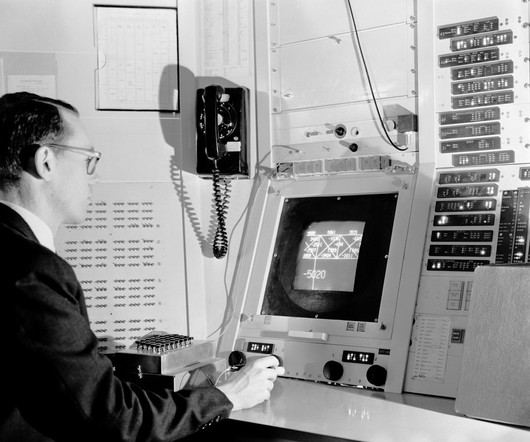The Tremendous VR and CG Systems—of the 1960s
Cars That Think
APRIL 16, 2023
from MIT in 1963. In Berkeley’s offices, the Sutherland brothers encountered his light-seeking robot squirrel “ Squee ,” now in the collection of the Computer History Museum, which also holds some of Berkeley’s papers. Adding to Sutherland’s excitement about MIT was the fact that Claude Shannon had moved there. The reason?











Let's personalize your content